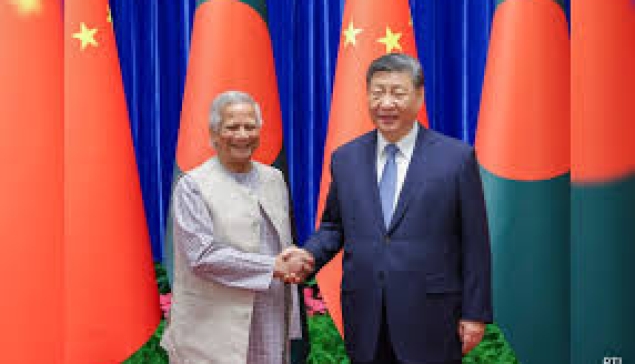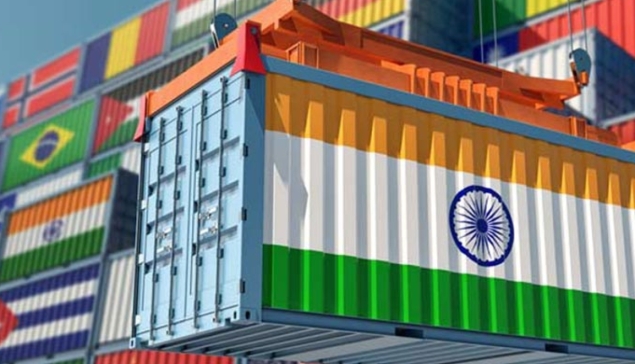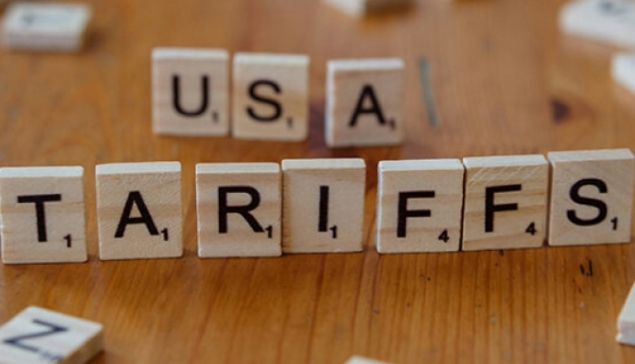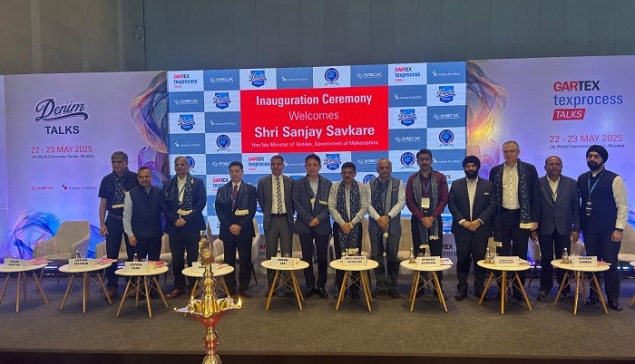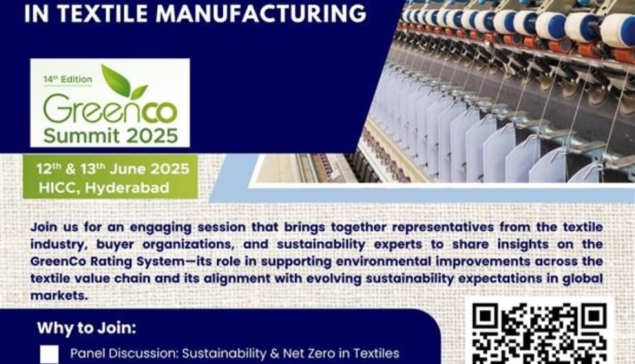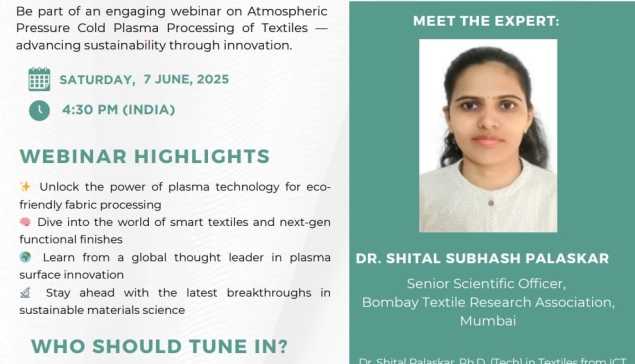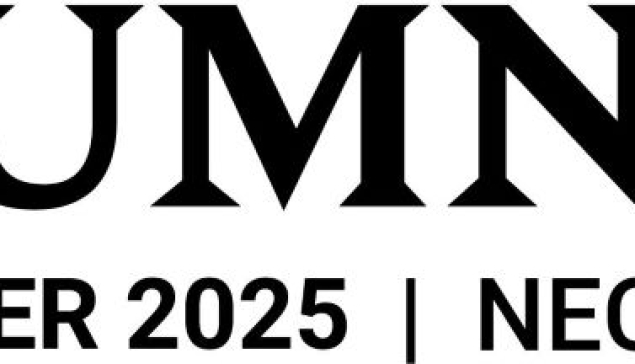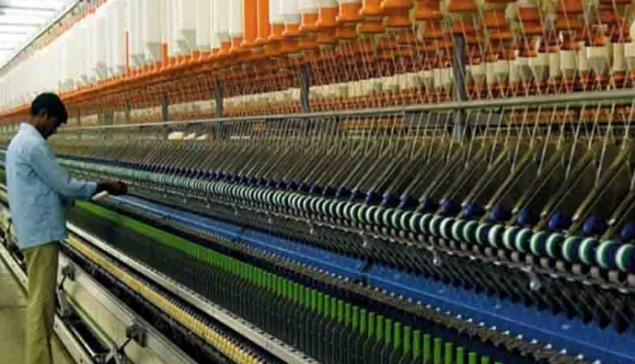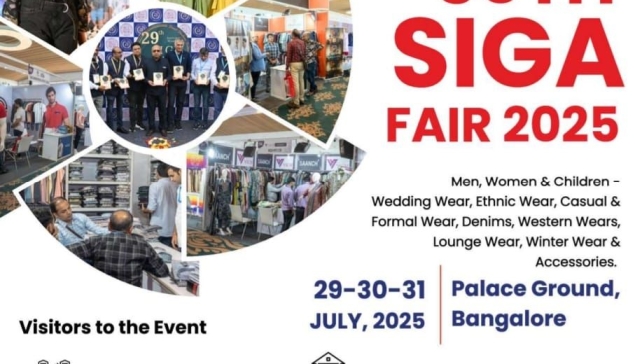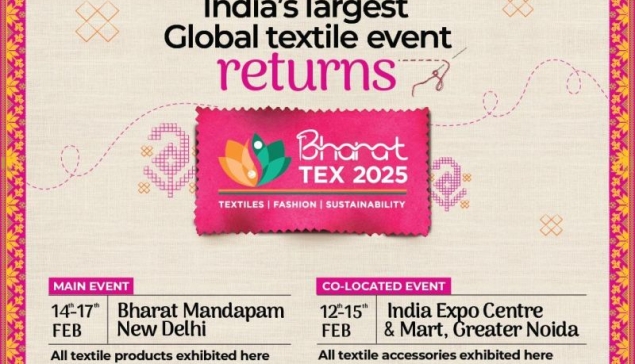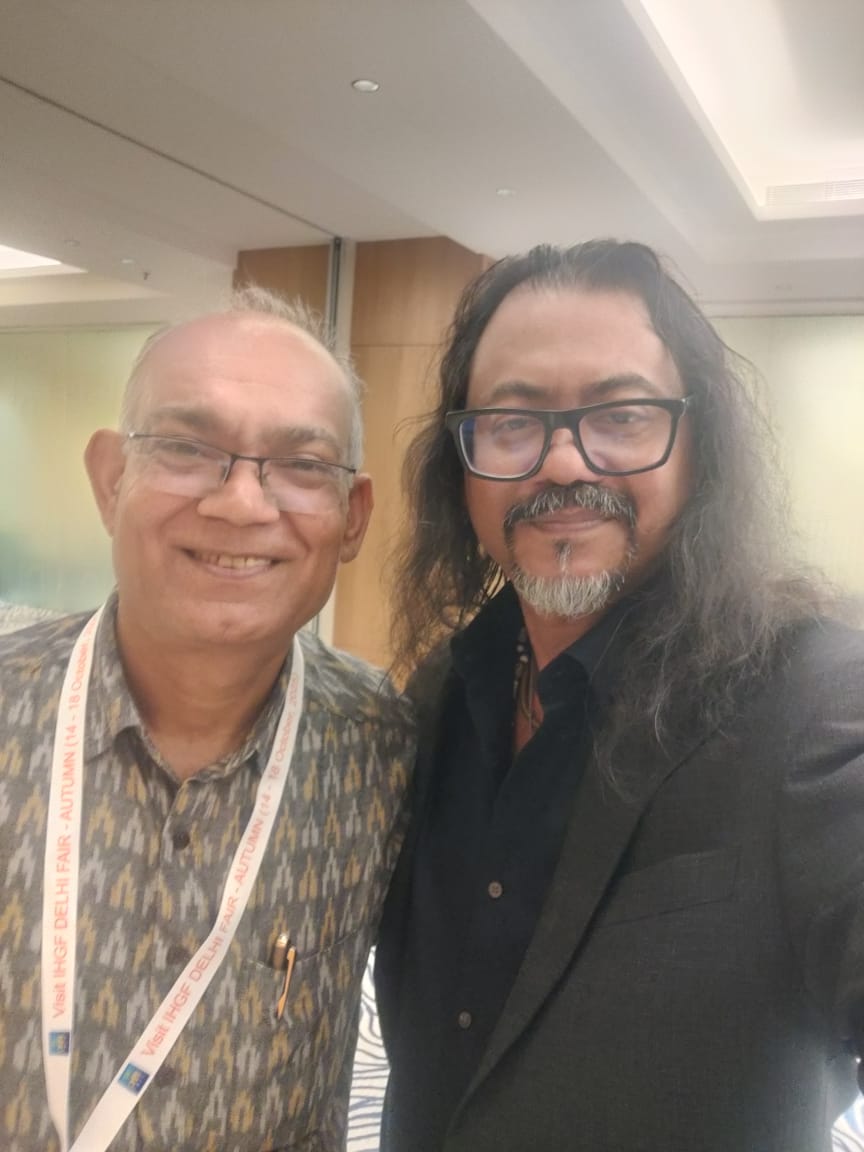Dr. Sen Gupta, Director of VisionNext, engaged in a conversation with Salil Chawla, Director of DFU Publications, on the sidelines of the IHGF Delhi Spring Fair, currently underway in April 2025. Our focus is on integrating AI across three key areas: predictive modeling, forecasting, and developing design concepts using Generative AI.
About VisionNext and Our AI Integration
The idea behind VisionNext took shape in 2017, inspired by a clarion call from our Hon’ble Prime Minister. The goal was to establish an India-centric identity in the world of fashion—particularly through forecasting trends—since most trend directions traditionally originate from the Global North. Yet, the Global South remains the dominant market.
To address this imbalance, we envisioned VisionNext as a tool to create trend directions grounded in Indian sensibilities. The initiative was taken up under the Ministry of Textiles’ R&D scheme. Over four years, we developed an indigenous AI-based forecasting model, which was officially launched at Bharat Tex.
Since then, we've published two trend books and now serve a growing subscriber base of over 32,000. Notably, platforms like Myntra have begun integrating our tools into their operations.
Impact on Industry
Our primary mission is to support small-scale manufacturers, who often cannot afford expensive global forecasting services. We also assist weavers and artisans by providing accessible, AI-generated trend insights. We collaborate with organizations such as the Weaver Service Centers, EPCH, CEPC, and others to support both exporters and domestic producers. Importantly, VisionNext is currently free to access—our forecasts can be downloaded directly from our website, making it a valuable, democratized tool for the entire industry.
Vision and Roadmap
Looking ahead, VisionNext aims to empower both domestic and export markets with accurate trend forecasting. This will reduce overproduction, minimize waste, and enable quicker collection launches. In alignment with the Prime Minister’s vision, our broader objective is for India not only to follow global fashion trends—but to set them.
With India's robust economic growth (currently at 7–8% GDP), we believe the country can lead the Global South in fashion forecasting. We're also developing an international subscription model to extend our reach globally.
Unique Value and Defensibility
Our defensibility lies in promoting the uniqueness of Indian design. We’re building a taxonomy of Indian products—giving them indigenous names and identity. For example, just as a "kimono" is globally recognized, a "lehenga" should be known by its Indian name, not reduced to “long skirt.” Through this effort, we aim to reframe global fashion language to reflect and respect Indian heritage.
Final Thoughts
Though I serve in a government role, I see VisionNext as a collective mission. It’s time we embrace and showcase Indian products for what they truly are—not through a globalized lens, but through an Indian perspective.
We encourage everyone to explore and use VisionNext. It’s proudly Made in India, free to access, and built to empower.


